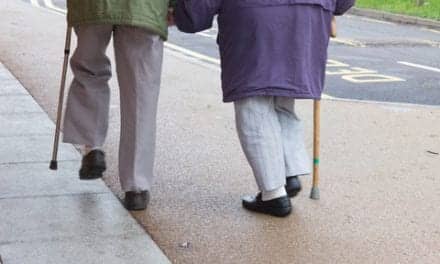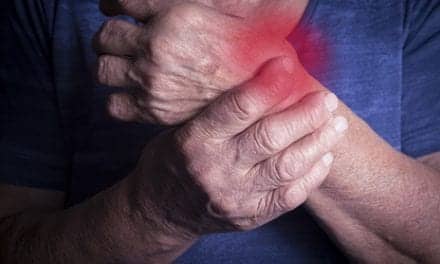From everyday movements like walking to intense activities like gymnastics, the brain is constantly working to maintain the balance of the body. But the precise neural mechanisms underlying these tasks is still unclear. Researchers from Ritsumeikan University, Japan, have now designed a method to investigate these neural mechanisms and have used it to describe the effects of whole-body dynamic balance training, such as slackline exercise, on the brain.
The human body constantly adapts its posture in response to its external environment. Known as “whole-body dynamic balance,” this is necessary for everything ranging from daily activities to more complex sports activities. Problems with whole-body dynamic balance can result in stumbles or falls. Naturally, the involvement of the whole body makes the neural networks behind this kind of postural control incredibly complex. Understanding the underlying neural mechanisms could prove valuable to sports training and rehabilitation following traumatic brain injuries such as stroke.
However, the study of these neural networks is challenging and information on this front has been limited. In a new study published in Medicine & Science in Sports & Exercise, researchers from Ritsumeikan University, Japan, have developed a new method for the investigation of whole-body dynamic balance mechanisms.
“Our study opens the door to studying the neural mechanisms of motor learning ‘in situ’ during activities like gymnastics and swimming without constraints.”
— Associate Professor Kenji Ueta, who led the study
Repeated movements, such as motor learning exercises, alter the structural and functional connectivity between different regions in the brain. This is called “motor engram” or motor memory trace. The research team studied a group of 28 people to develop a motor engram of functional connectivity for slackline exercises. They took MRI images of the participants’ brains before and after 30-minutes of slackline training and repeated the sequence with ergometer-based aerobic exercise. Using this as a control, they evaluated the changes to the brain brought about specifically by whole-body dynamic balance training.
They found that slackline training significantly increased the “resting-state functional connectivity” (rs-FC) between several parts of the brain, including the prefrontal cortex, parts of the sensorimotor cortex, the hippocampus, and the cingulate cortex—brain regions associated with cognitive functions, motor tasks, memory, and mood, respectively. This suggested that whole-body dynamic balance training positively affects brain function as well.
More significantly, however, they observed that these changes were associated with offline learning, i.e., they were retained in the brain for a short period after the exercise.
“The discovery that changes in rs-FC in the brain are correlated with the offline process of balance learning implies that certain constraints that we previously held true – such as the idea that a participant’s head needs to be fixed in place for us to evaluate their memory engrams effectively – are not necessary. This means that the neural mechanisms of motor learning can be studied during natural tasks using robotic devices,” Ueta explains.
What are the implications of these findings? While Ueta stresses that the study focused only on healthy young adults and more research would be required to see how whole-body dynamic balance training would affect other population groups, the results have potential applications in sports neuroscience and neurorehabilitation, enabling the development of more effective assessments and training programs.
“They can be used to create efficient training regimens for athletes or to develop treatment protocols that can help people rehabilitate and recover their motor functions more quickly,” Ueta speculates. “A few years from now, we may even have tailor-made neuroscience-based training methods for sports and exercise, which will increase their enjoyability. Making exercise more fun will go a long way towards decreasing lifestyle disease,” he concludes.
[Source: Ritsumeikan University, Japan]





